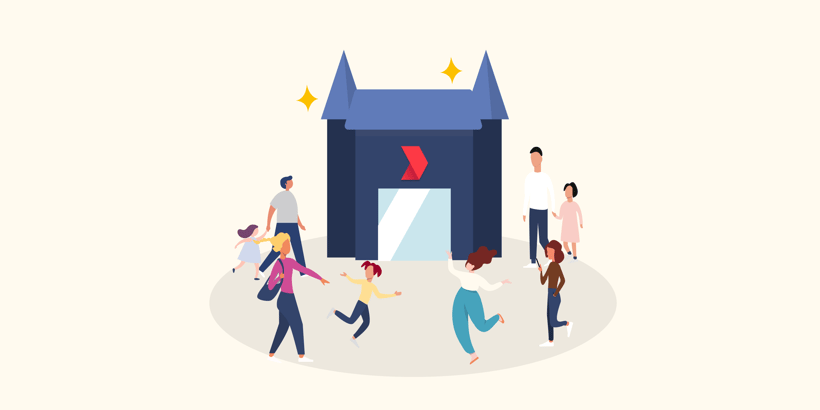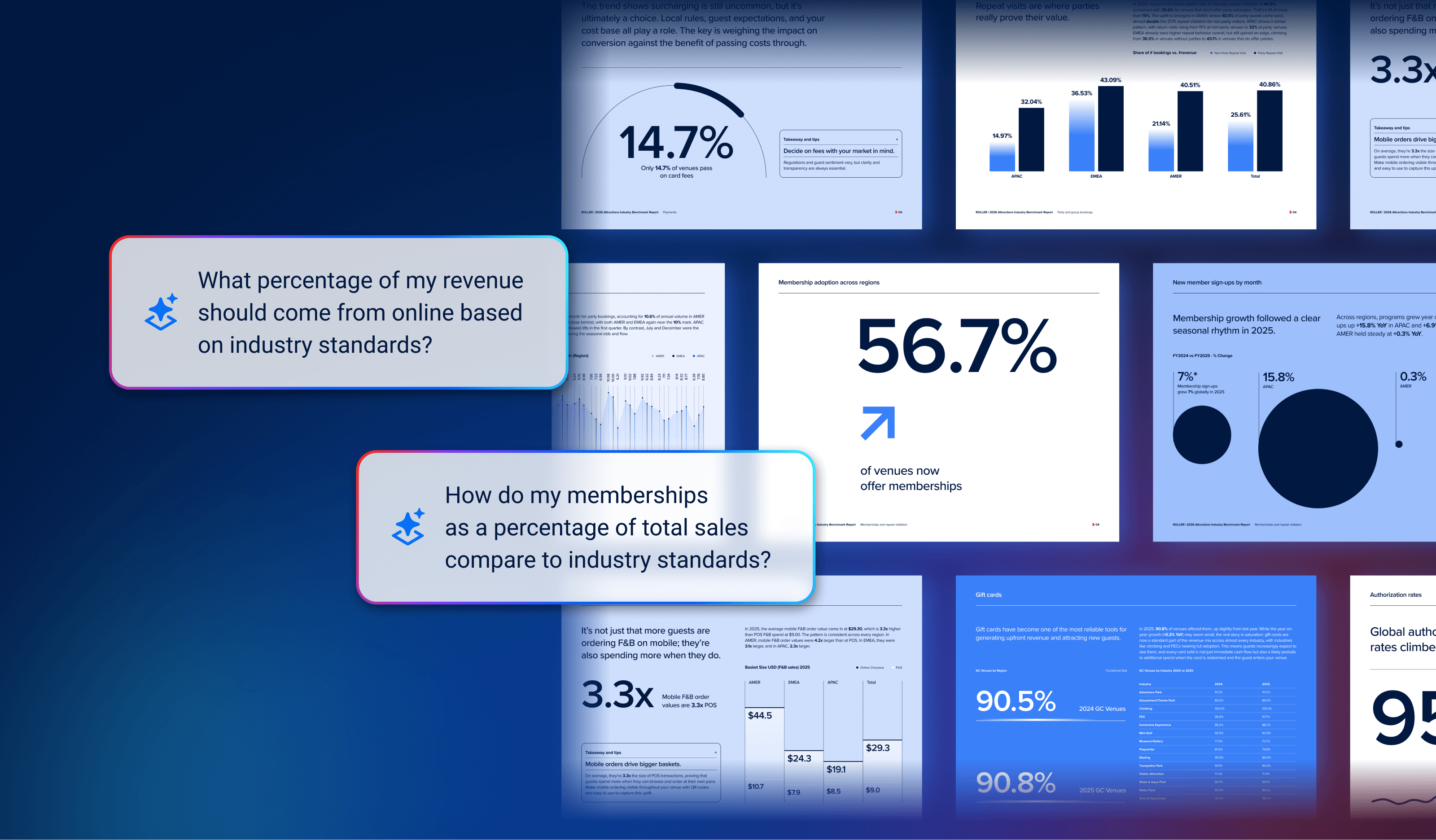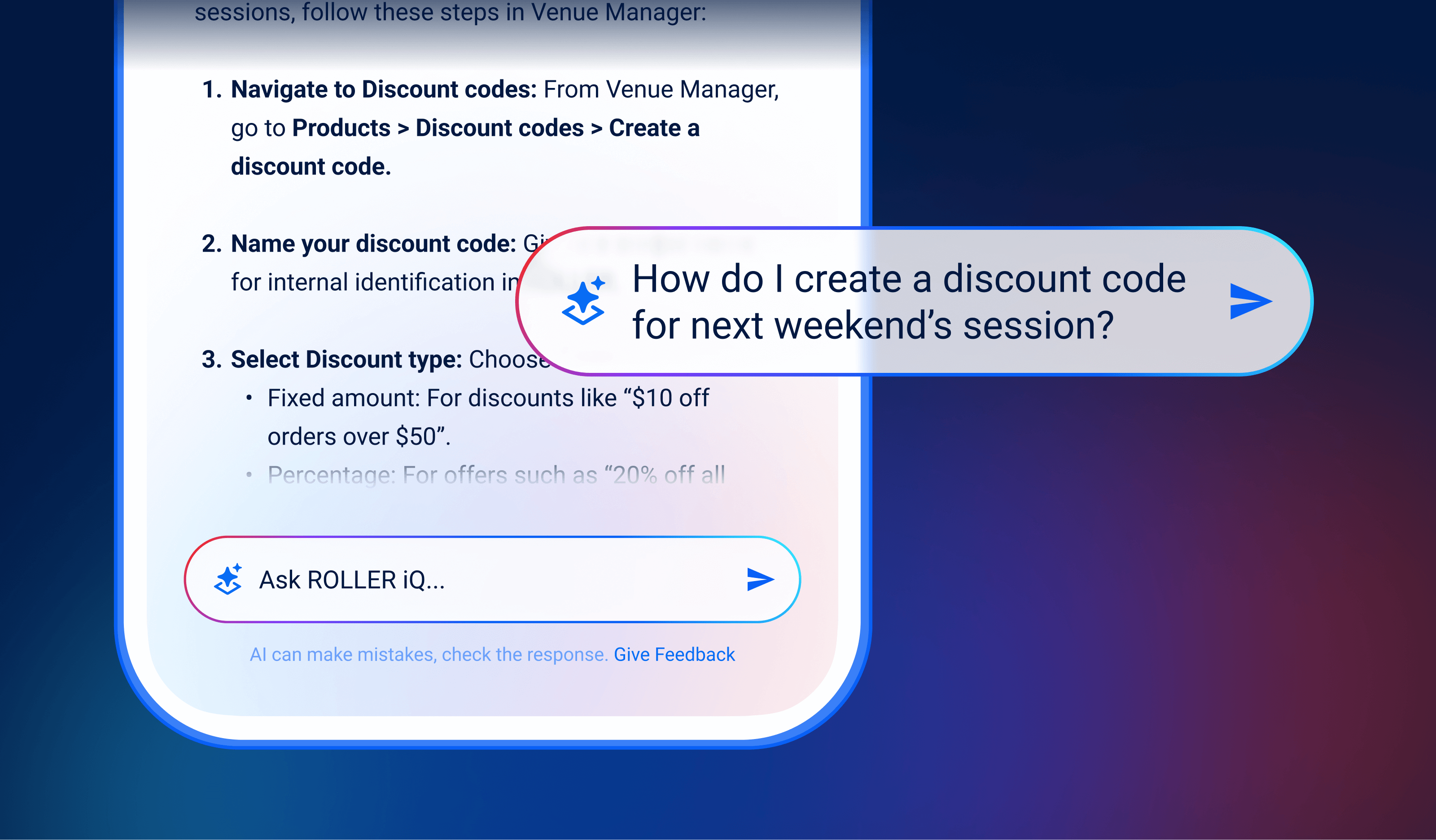Improve your Guest Experience by Migrating to an All-in-One Software

How can software improve your guest experience?
If that question is on your mind, don’t worry - it’s a fair question. The attractions industry comprises people serving people, and when operators attempt to use software to replace personal interactions, it can diminish the experience if not implemented properly.
On the flip side, we can take a look at how technology, specifically an all-in-one software, can turbocharge your guest experience initiatives by simultaneously putting more tools in the hands of your employees and removing friction from their job duties, that allow for enhancements at every area of the guest journey.
From the moment a guest purchases tickets to completing necessary tasks such as signing a waiver, to arriving onsite where they will redeem their purchase, all the way through purchasing food & beverage and retail, and even long into the post-visit, you should be staying up-to-date with the latest trends and resources to maximize each of these points. The value of an all-in-one software solution is that each component talks to each other for each of the moments of the guest journey. That means that the data that guest inputs when buying tickets can then be aligned with their arrival experience, the staff member who helped them, the food they ordered, and measures their satisfaction with all aspects of the visit.
Why is this helpful? Let’s break it down further.
As you review your guest satisfaction scores, suppose you recognize that satisfaction with cleanliness is starting to drop. Zooming in further, the surveys you’ve collected are linked to ticket purchases and dates/times of arrival, along with the employees with whom they transacted. You can now determine, for instance, that Saturday afternoons see a lower cleanliness satisfaction score, particularly amongst families visiting between 2 pm-4 pm and primarily when Joey and Suzie are working. Then you realize that your scores are higher on weekday evenings when neither of those employees are working, attendance is lower, and the demographic consists of couples in their 20s and 30s.
Instead of looking at cleanliness as an issue that must be fixed across the board, you can pinpoint how you tackle the issue.
Now let’s tie this in with what happens after their visit. You want to continue moving the guest through their journey to become a repeat visitor and an advocate for your business (Return and Advocate are the final two steps of the Guest Experience Flywheel). First, you want to collect their feedback, and because you already have their contact information from their ticket purchase, you can automate this process with no additional work on your end.
Then, with the data that you’ve collected about the guest along the way, including where they’re coming from and how they enjoyed their experience, you can conduct post-visit marketing that is hyper-focused on what is most likely to get the guest to come back, without cluttering their inbox with deals and promotions that aren’t going to apply to them. For example, a weekend-only special that includes a large 2-topping pizza and 2-liter of soda is likely to resonate with a family of four that lives within five miles of the venue. An announcement for a high-speed go-kart track that’s opening soon might do better for the parent of a teenager who lives 20 miles away than the family in the aforementioned example. Using the data you’re collecting from your guests based on their active and passive behavior; you can create laser-focused marketing to guests that entice them to visit again.
These are just a couple of examples of how you can benefit from an all-in-one software solution that features many interconnected facets. By combining them, the power that you unlock shows that the whole is greater than the sum of its parts.
Click here to learn more about how ROLLER’s all-in-one software solution can help your attraction.
Related articles


Smarter Support With ROLLER iQ: Step-by-Step Help, Right When You Need It
.png)
What is an AI Business Assistant? (And How It Supports Growth for Attractions)
Enhance your guest experience
Get free education, tips and inspiration to help you run a successful venue.